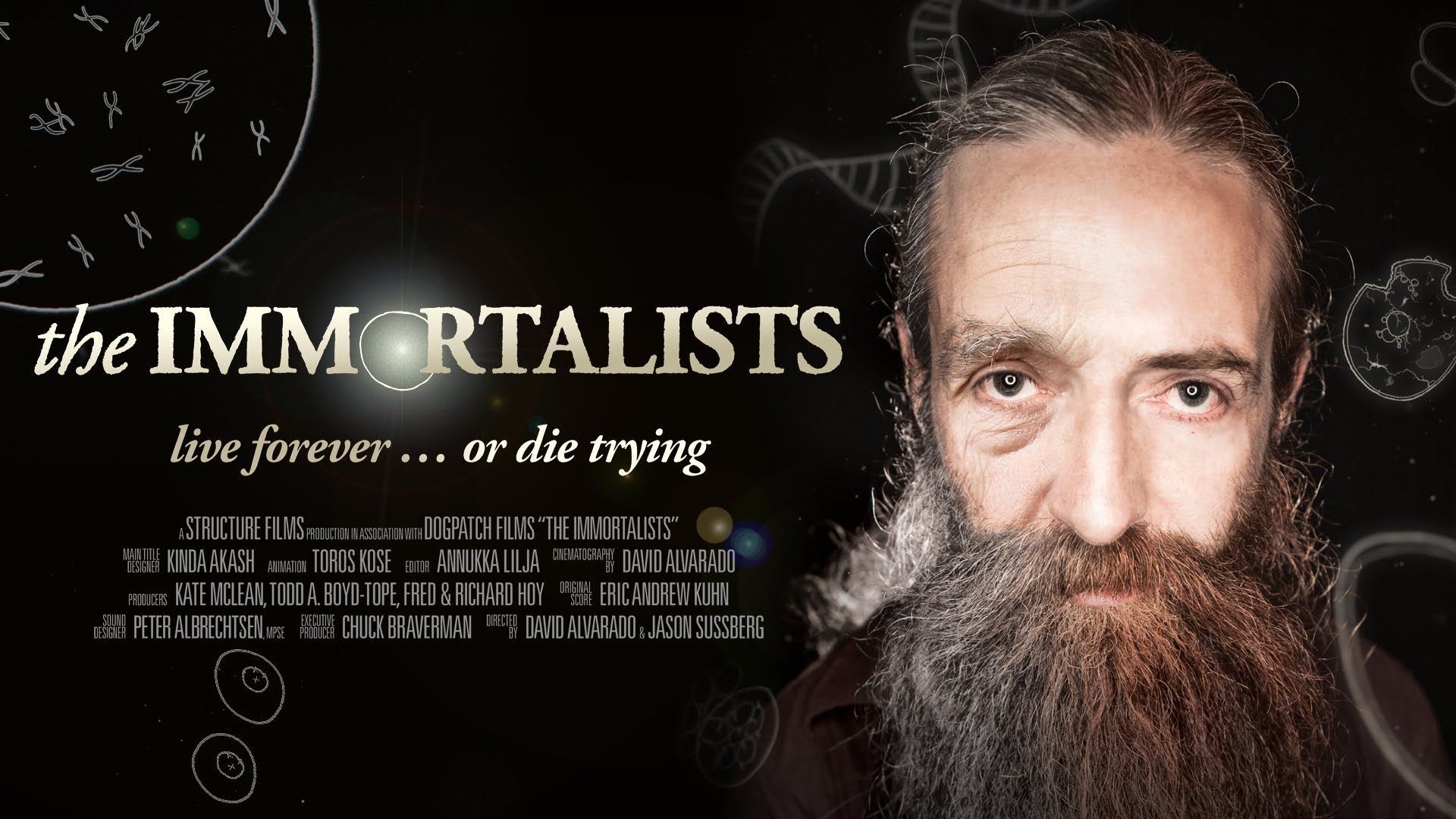Questions & Answers
What kind of project am I going to fund?
While I am obviously very inclined to fund an open source software project (that’s where my expertise and passion is, after all), I am explicitly using this offer as an opportunity to learn more about other areas, and if there’s something that will really excite me, I will fund it.
It is important for me to learn why you’re doing this project and why do you think it’s important, so please take your time to answer this question in the application form.
Projects should have a rough scope and a reasonable timeline. Given the amount of money I am providing, it should rather be short (few months or to a year).
If nothing particularly interesting, or something I can relate to, will come my way (though I hope this will not happen!), I reserve a right to choose no project and fund nothing.
Can anybody apply?
As long as I can transfer the money to you in a reasonable and legal way (PayPal, bank transfer, Bitcoin, etc.), there are no restrictions. You can be a citizen of any country, or stateless. Any gender. Any age. Any way you’re wired. Any profession. Any system of beliefs. Anybody.
Can multiple projects be submitted?
Yes, please submit them as separate applications. That said, the less projects you have, the more I will be inclined to believe in your dedication to those.
What does “no strings attached” mean?
You don’t need to pay the money back. I will send you 50% of the amount in the beginning of the project. The rest will come roughly half way through the project, at which point I will check in with you to see how things are going. Upon completion, I’d like to learn how did the project go overall. You can contact me during or after the project if you feel like sharing any updates, thoughts (or questions) with me.
Other questions
Leave a comment here and I’ll do my best to address it. If you want to contact me privately, please email me at [email protected]

 Researches successfully avoided brain-damaging blood loss while the donor head was being attached to the recipient rat.
Researches successfully avoided brain-damaging blood loss while the donor head was being attached to the recipient rat.






